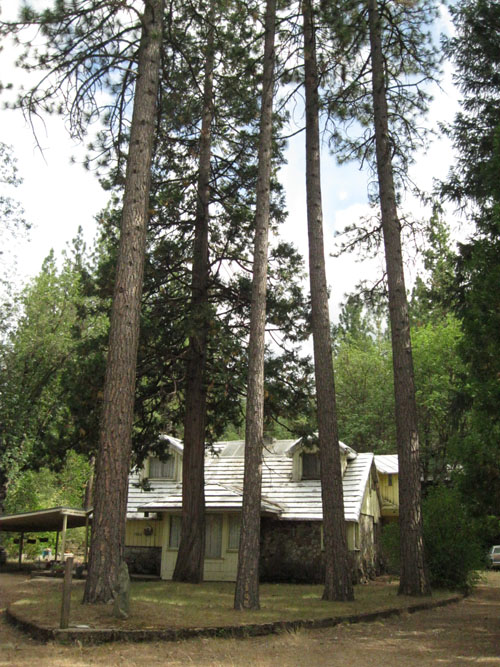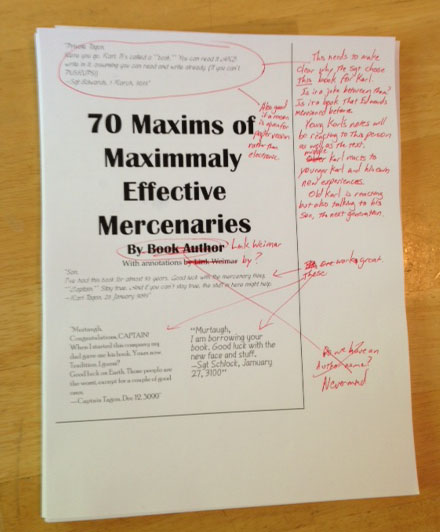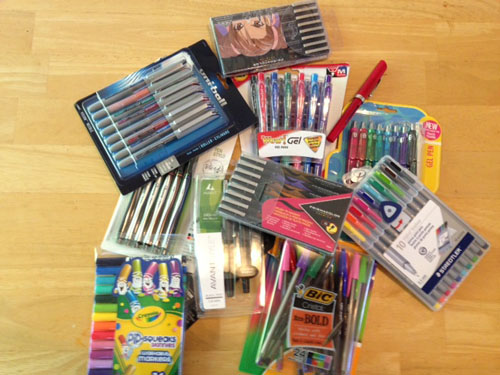Grandma’s House
It is a house made out of spare parts. I can see this in everything from the doors which are painted black plywood with garden gate handles and hinges to the roof which was made from reclaimed airplane metal. Shale rocks are found in the construction and the walkways, topped by logs probably cut from trees on the property itself. It is a hodge podge place with odd nooks and strange arrangements. Yet the hands which made this house loved it and they had a sense of beauty. It shows everywhere. No wonder that my Grandma, a collector of beautiful things, fell in love with the house. The fact that it constantly needed repair and alteration made it a perfect place for my Grandpa as well, he tinkered with everything.

I’ve written about the house before. It has been two years since I wrote that post. Grandma passed away last October and the time has come to clean out her house and get it ready to sell. I am here this weekend to work and to say goodbye. I walked the house today remembering things as they were and seeing things as they are.
I love the quirks of this house, like the skylight which is constructed of sturdy plastic that is ruffled in the same way that those potato chips with ridges are.

I remember the sound of rain hitting this plastic. I also remembered when it started to leak around the edges so layers of plastic sheeting were installed inside and on the roof in an attempt to preserve the light while keeping out the wet.
The rain is slowly winning. It turns out that airplane metal becomes brittle as it ages over sixty years or more. Then it cracks. Most rooms in the house have evidence of water damage. A mildew smell here, stained wallpaper there. Right next to the things I love, I see reminders why we have to let the house go. The house is beginning to fall apart, and it can only be rescued by someone who is willing to pour money into fixing it up. That person has to be willing to live in it and notice the leaks the moment they happen instead of months later when the damage has spread out from the initial spot. No one in our extended family can do this.
I ran my hands over the walls of the rock room. I wish the photograph could catch the shimmer of these rocks. I’ll try again tomorrow with different lighting. Each rock is beautiful, obviously selected carefully and placed by hand.
 I remember how warm the wall became when there was a fire in the fireplace on the other side. I stood there as a child, after playing in the snow, holding my hands and face near the wall to get warm again. Grandma would hang our gloves from the wire to dry them out.
I remember how warm the wall became when there was a fire in the fireplace on the other side. I stood there as a child, after playing in the snow, holding my hands and face near the wall to get warm again. Grandma would hang our gloves from the wire to dry them out.
In the rock room I noticed this cabinet, which is almost certainly my Grandpa’s work.

It was exactly like him to pull doors off an old Victrola and put them into use. The Victrola itself is nowhere to be found.
Every room has a mix of eras. Kitchen fixtures from the sixties hold dishes from the eighties and a wall clock that is pure digital modern. Sometimes I can tell which things my Grandparents added and what things are original. I think the front door is original.

It looks hand crafted from multiple pieces of wood. It is solid, with a heft when it opens and closes. Next to it you can see a sample of the gorgeous cedar wood paneling that lines several rooms in the house. It is all cut and laid diagonally in the front room so the eye is drawn to the second floor balcony with it’s sky light.
The whole house is beautiful, strange, old, new, damaged, beloved.
And we have to sell it.
Probably to someone who wants the land, not the house. Even if we do find a buyer who will love the house and fix it up, the house will no longer be ours. The process of fixing it up would change it, remove evidence of my Grandparents. We’d have no right to say anything or see the place again. This weekend is my last chance to be with the house. I want to sit with it in silence, touch the walls, remember the things Grandma scolded me for, remember when Grandpa taught me how to use a lathe and how Grandma scolded him for that. I want to sit with the memory of rolling toys down the slanted space under the stairs and of the games I used to play. My parents are hoping that it doesn’t rain thus leaking on the folks who are sleeping at the house, I don’t want anyone to get wet, but I would love to hear the rain on the roof one more time.


